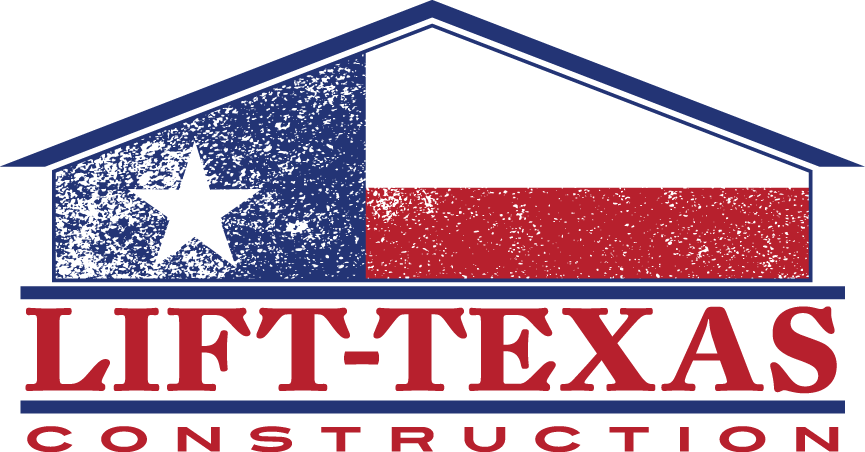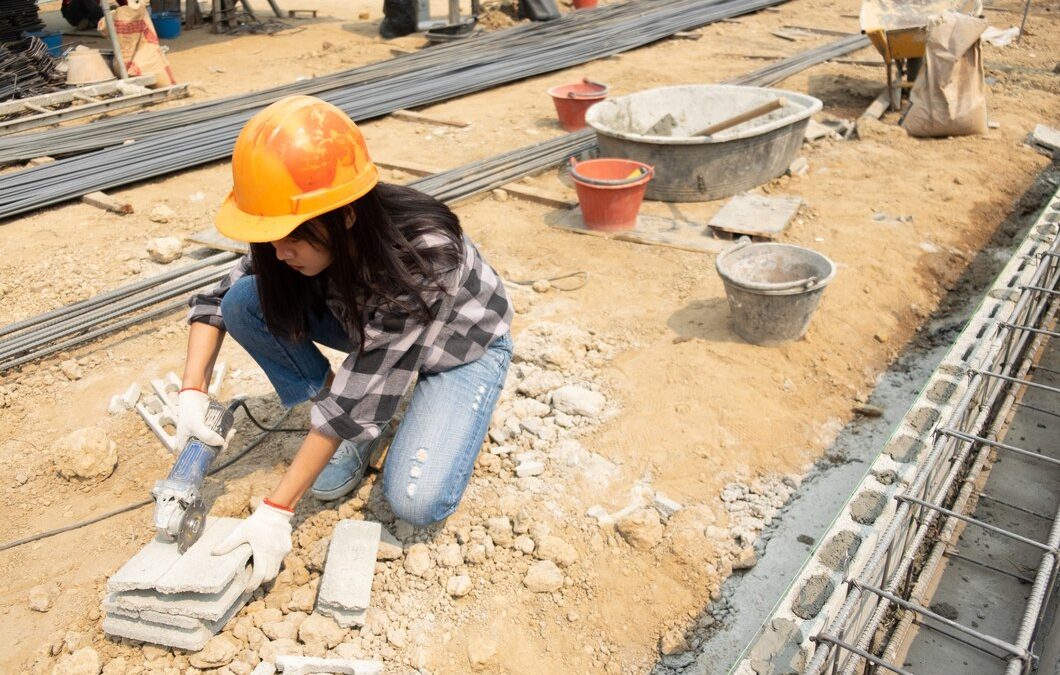Concrete is a fundamental part of our homes and businesses, from driveways and patios to sidewalks and foundations. However, over time, different factors like weather, ground movement, and daily wear can cause various issues with concrete structures. Cracks, uneven surfaces, and discoloration are just some of the problems that can arise, compromising the safety and aesthetic appeal of your property.
Addressing these concrete issues early is important to avoid further damage and costly repairs. It’s useful to recognize the signs of common concrete problems. By doing so, we can determine which ones can be fixed with simple DIY methods and which require the expertise of professional services. Knowing the right steps to take can save time and money while keeping our property safe and looking its best.
Taking a proactive approach to concrete maintenance can prevent many issues from developing in the first place. This article will guide you through identifying common concrete problems, understanding how to fix minor issues yourself, recognizing when it’s time to call in professionals, and implementing preventative measures to safeguard your concrete for the long run.
Identifying Common Concrete Issues
Recognizing common concrete problems is the first step toward effective maintenance. One of the most noticeable issues is cracking. Cracks can form due to several reasons, such as temperature changes, ground movement, or excessive load. While small hairline cracks may not seem like a big deal, they can expand over time and lead to more significant problems.
Another common issue is spalling, which occurs when the surface of the concrete starts to chip or flake away. This usually happens due to freeze-thaw cycles or the use of low-quality concrete mixes. Spalling can affect both the appearance and structural integrity of the surface. Additionally, discoloration or uneven coloring can occur, often due to improper curing, exposure to certain chemicals, or variations in the concrete mix.
Uneven or sunken concrete surfaces are also a frequent problem. This can be caused by poor compaction of the subgrade, water erosion, or soil settlement. Uneven surfaces are not just an eyesore; they can also be a tripping hazard. Recognizing these issues early can save us from more extensive damage down the line.
DIY Fixes for Minor Concrete Problems
Tackling minor concrete issues with DIY solutions can save both time and money. For small cracks, a simple concrete patching compound can do the trick. Clean out the crack thoroughly with a brush or blower to remove any loose debris. Then, apply the patching compound using a trowel or putty knife, making sure to smooth it out so it’s level with the surrounding surface. Allow the compound to dry completely before walking or driving over it.
For minor spalling, a resurfacing compound works well. First, clean the area to remove any loose chips or dust. Then, apply the resurfacing compound according to the manufacturer’s instructions, using a trowel to ensure it covers the affected area evenly. This method can rejuvenate the surface and extend the lifespan of the concrete.
Fixing uneven or sunken concrete can be a bit more challenging but still manageable for DIY enthusiasts. One method is to use a concrete leveling compound, which you can pour into the affected area to bring it back to level. Be sure to follow the product instructions carefully to achieve the best results. For more extensive lifting or leveling, professional help may be required.
These DIY fixes can address minor problems effectively, but it’s essential to monitor the areas to ensure the repairs hold up over time. If issues persist or worsen, it may be time to seek professional advice.
Professional Solutions for Serious Concrete Damage
When minor fixes aren’t enough, turning to professional solutions for serious concrete damage becomes essential. Large cracks, significant spalling, or deeply sunken concrete often require specialized expertise and equipment to fix properly. Professionals can perform a detailed assessment to determine the root cause of the problem, ensuring that the appropriate repair methods are employed.
For significant cracks or structural damage, techniques such as epoxy injections or polyurethane foam injections may be used. These materials are injected into the cracks, where they expand and harden, effectively sealing the cracks and preventing further damage. This method not only restores the integrity of the concrete but also provides long-lasting results.
In cases of severe spalling or surface degradation, resurfacing might be needed. Professionals use advanced tools and high-quality compounds to resurface the damaged area, ensuring it blends seamlessly with the existing concrete. For extensive unevenness or sinking, techniques like mudjacking or polyurethane foam lifting can be employed. These methods lift and level the concrete, addressing the underlying issues like soil settlement or erosion.
Preventative Measures to Avoid Future Concrete Issues
Taking preventative measures is the best way to avoid future concrete problems. One of the simplest and most effective steps is sealing the concrete. Applying a good-quality concrete sealer helps protect the surface from water penetration, freeze-thaw cycles, and chemical damage. It’s advisable to reseal concrete surfaces every few years to ensure continuous protection.
Maintaining proper drainage around concrete structures is also crucial. Ensure that water flows away from your concrete surfaces by grading the ground properly and installing effective drainage systems. Standing water can seep into the concrete and cause cracks or erosion over time.
Regular cleaning and maintenance can also make a big difference. Remove dirt, debris, and stains periodically to prevent them from degrading the concrete. For high-traffic areas, consider using mats or pads to reduce wear and tear on the surface.
Monitoring and addressing small issues as they arise can prevent them from becoming significant problems. Keep an eye out for early signs of damage and perform minor repairs promptly. This proactive approach will help maintain the integrity and appearance of your concrete surfaces.
Final Thoughts
Maintaining the concrete in and around your home is crucial to ensuring its longevity and safety. By identifying common concrete issues early and addressing them with appropriate DIY fixes or professional solutions, we can mitigate damage and prolong the life of our concrete structures. Preventative measures further help in minimizing potential problems, saving both time and money in the long run.
If you’re dealing with persistent or severe concrete issues, don’t hesitate to seek professional assistance. At Lift-Texas Construction, we specialize in tackling all levels of concrete problems with expertise and precision. Contact us today to learn more about our comprehensive concrete repair services and how we can help maintain your property’s value and safety.

